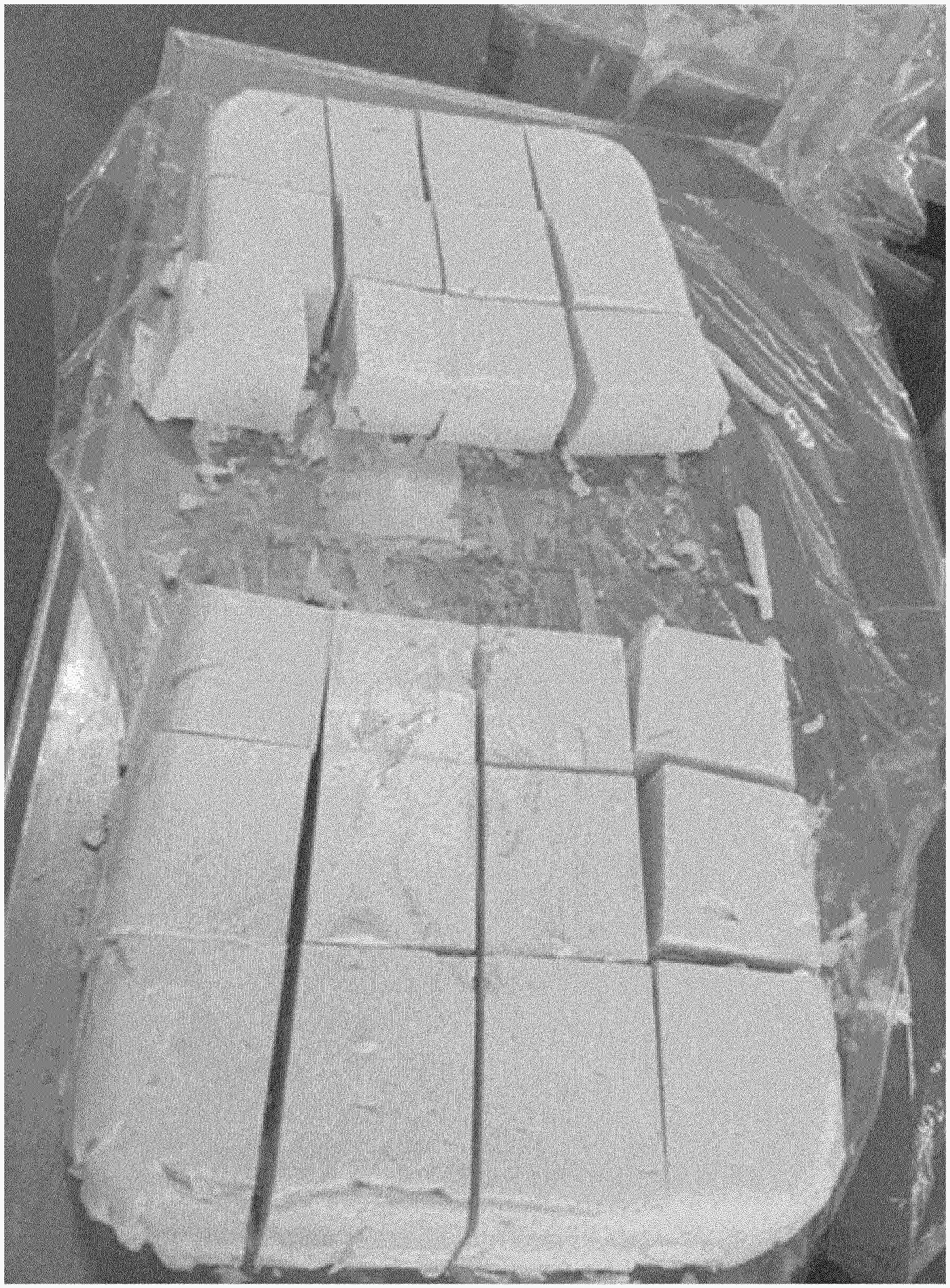Arla Foods has filed a patent for a method of preparing a cooking- and/or frying-stable cheese-like product. The method involves providing a liquid composition with specific characteristics, subjecting it to coagulation and heating, and then cooling it to obtain the desired product. The patent claims that the resulting cheese-like product is stable for cooking and/or frying. GlobalData’s report on Arla Foods gives a 360-degree view of the company including its patenting strategy. Buy the report here.
According to GlobalData’s company profile on Arla Foods, fortified whey compositions was a key innovation area identified from patents. Arla Foods's grant share as of June 2023 was 1%. Grant share is based on the ratio of number of grants to total number of patents.
A method for preparing a cooking- and/or frying-stable cheese-like product

A recently filed patent (Publication Number: US20230124870A1) describes a method for preparing a cooking- and/or frying-stable cheese-like product. The method involves several steps, including providing a liquid composition with specific characteristics, subjecting the composition to coagulation, optional cutting, heating, and cooling. The resulting product is a cooking- and/or frying-stable cheese-like composition.
The liquid composition used in the method has specific requirements. It must have a dry matter content of at least 34% w/w, a protein content of at least 12% w/w, and a content of micellar casein of at least 8% w/w. The pH of the liquid composition should be in the range of 4.8-7.0, and the ratio of whey protein to micellar casein should be in the range of 12:88 to 0:100.
The method allows for variations in the composition of the liquid. The dry matter content can range from 34-52% w/w, the protein content can range from 12-30% w/w, and the content of micellar casein can range from 8-25% w/w. The liquid composition can also include protein from animal and/or vegetable sources, such as whey powder, milk powder, or a combination thereof.
The coagulation step involves adding a milk-clotting enzyme to the liquid composition and allowing it to coagulate. The coagulated composition can be optionally cut into blocks, grains, cubes, or slices. The coagulated composition is then subjected to heating to reach a core temperature of at least 70 degrees C. and subsequently cooled.
The resulting cooking- and/or frying-stable cheese-like product has specific characteristics. It has a dry matter content of at least 34% w/w, a protein content of at least 12% w/w, a content of casein of at least 8% w/w, a pH in the range of 4.8-7.0, and a ratio of whey protein to casein of 12:88 to 0:100.
The patent also mentions the use of the cooking- and/or frying-stable cheese-like product in various food products and cooking methods, such as boiling, baking, grilling, frying, and deep frying. Additionally, the product can be coated with ingredients like breadcrumbs, flour, grains, fruit and/or nuts, herbs, spices, savory, seeds, or a combination thereof.
Overall, this patent describes a method for producing a cooking- and/or frying-stable cheese-like product with specific composition and characteristics, offering potential applications in the food industry.
To know more about GlobalData’s detailed insights on Arla Foods, buy the report here.
Data Insights
From

The gold standard of business intelligence.
Blending expert knowledge with cutting-edge technology, GlobalData’s unrivalled proprietary data will enable you to decode what’s happening in your market. You can make better informed decisions and gain a future-proof advantage over your competitors.



